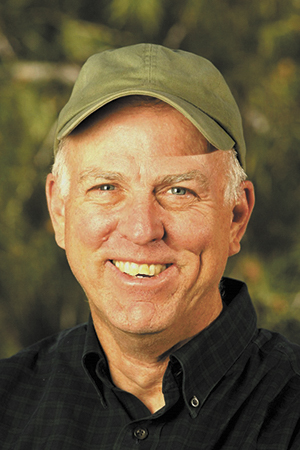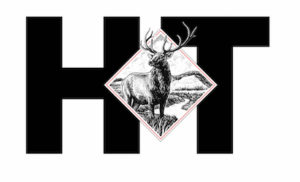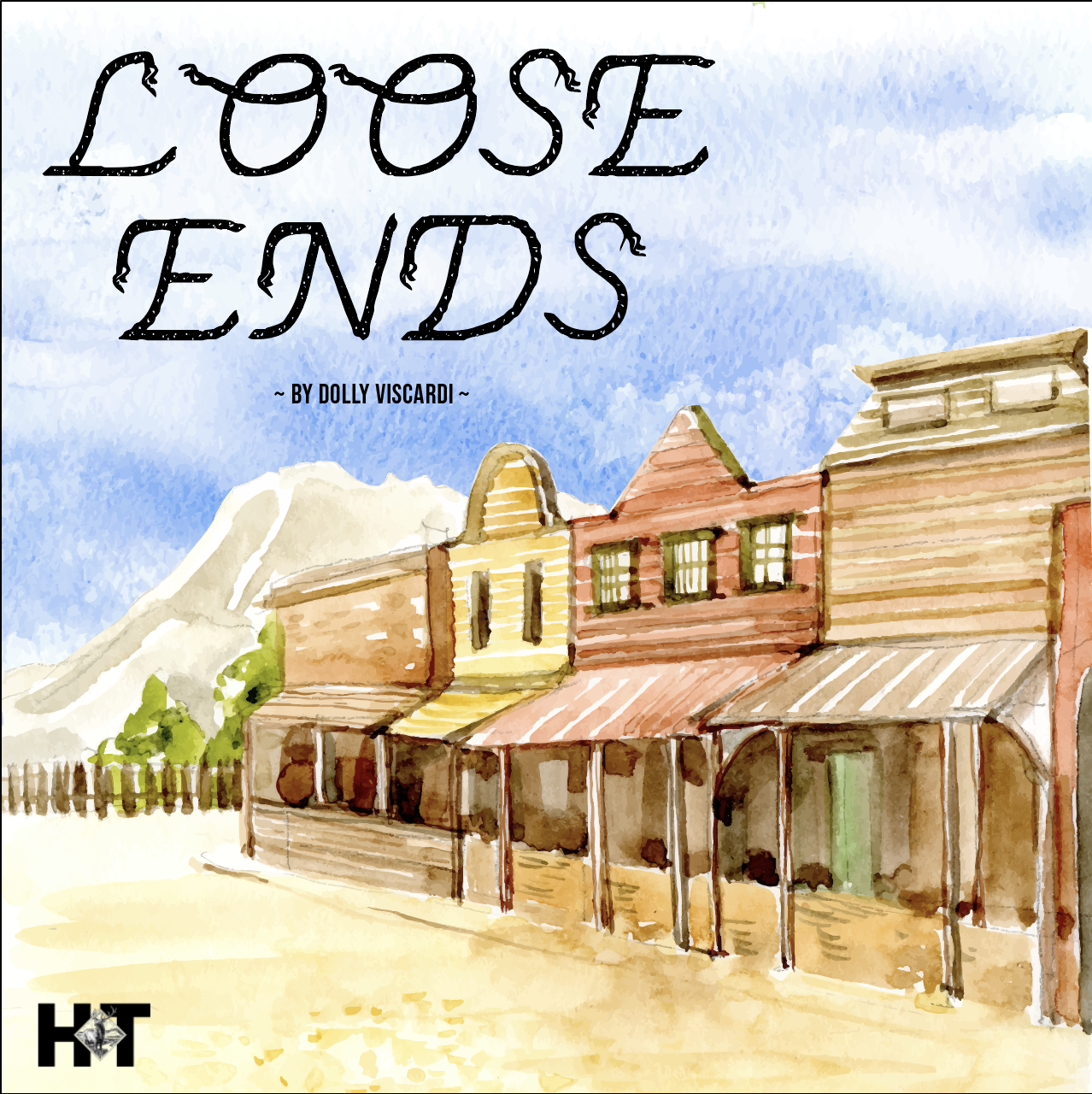
By STEPHEN PYNE | Writers on the Range
As I look out my window, the smoke from the Bush fire is belching upward behind the fabled profile of the Superstition Mountains. The fire has closed Highway 87 that joins the Phoenix metro area to Payson, one of its exurbs. Some small communities are evacuating.
Otherwise the fire is foraging widely across Tonto National Forest and the Mazatzal Mountains, through wilderness and scattered inholdings alike. At the moment it’s 90,000 acres and 5% contained. If it can’t be stopped at Highway 188 and Lake Roosevelt, it will burn until the monsoon rains arrive. But this is not what I find interesting.
What is interesting is that a year ago I watched, through the same window, the 126,000-acre Woodbury fire boil out of the Superstitions. In 2004 I watched the 119,000-acre Willow fire shut down Highway 87. Meanwhile, the smoke from the Bighorn fire is lighting up the Santa Catalina Mountains north of Tucson. This is beginning to look like a pattern.
Which it is. What people had taken as a normal for fire in the West is in truth a historical anomaly.
What we are seeing is an old normal, like seasonal flu, that has mutated into a meaner variant. Most of the West is built to burn. But for a few decades after the Second World War, climate was mild, landscapes were still recovering from the havoc of axe, pick, and plow during settlement, fire agencies aggressively suppressed any starts, and an industrial economy stripped away open fire from homes and cities. Fire had become increasingly missing from agriculture, and astonishingly, even from wildlands.
Fifty years after the Big Blowup of 1910 burned 3 million acres to announce an American way of fire, the United States, led by the Forest Service, had effectively contained landscape fire. The largest category of wild fire (Class G) applied to fires that exceeded 5,000 acres. Fire control accounted for 13% of the Forest Service’s budget. The militarization of suppression through war-surplus equipment managed to sustain a cold war on fire.
But by then the folly of this strategy, both economic and ecologic, was becoming more apparent. Between 1968 and 1978 new policies were promulgated to restore good fire and shrink the prospects for bad fire. Results have been mixed.
Florida burns 2.5 million acres a year while the entire western United States burns only about 3 million. In the West, it has proved a lot easier to take fire out than to put it back. Still, most of the fire community appreciated that we were facing a fire crisis and that, when the weather veered into less benevolent forms, big fires would return.
By the time the fires of Yellowstone (1988) and Oakland (1991) burned, the contours of the new old normal were apparent. A long drought foreshadowed outright climate change. Fuels stockpiled. Landscapes degraded. Exurbs recolonized formerly rural lands with urbanites. Megafires blasted unchecked.
Fifty years after the federal agencies thought fire a menace of the past, like polio or smallpox, monsters romped over the mountains like a returned plague. A few killed crews. Some burned into and through towns. Fire suppression consumed over 50% of the Forest Service’s budget.
A fire crisis was evolving into a fire epoch as the sum of humanity’s combustion practices, including fossil fuels, were creating the fire equivalent of an ice age.
What we can say about fire in the West has been said, over and again, notching every contributing cause, every rerun of tragedy, until it seems a white-noise hum like cicadas in the summer.
But covid-19, now complicating the maturing fire season, suggests an analogy because fire is also a contagion phenomenon. We protect communities by hardening against embers — wearing masks to protect against aerial droplets — and by social distancing — aka defensible space. We rely on herd immunity — the good fires help check the spread of bad ones. We flatten the curve. We prepare to live with coronavirus until a vaccine can be created.
Here, the analogy cracks. There is no vaccine for fire. It’s not only omnipresent; it’s necessary. We have some say over what kinds of fire happen and what damages they might inflict. But we will have to live with fire and air filled with its smoke. Forever.
Stephen Pyne is a contributor to Writersontherange.org, a nonprofit dedicated to lively discussion about the West. His most recent books on fire include Between Two Fires: A Fire History of Contemporary America, and To the Last Smoke, a series of nine regional fire surveys. He lives in Queen Creek, Arizona.




















